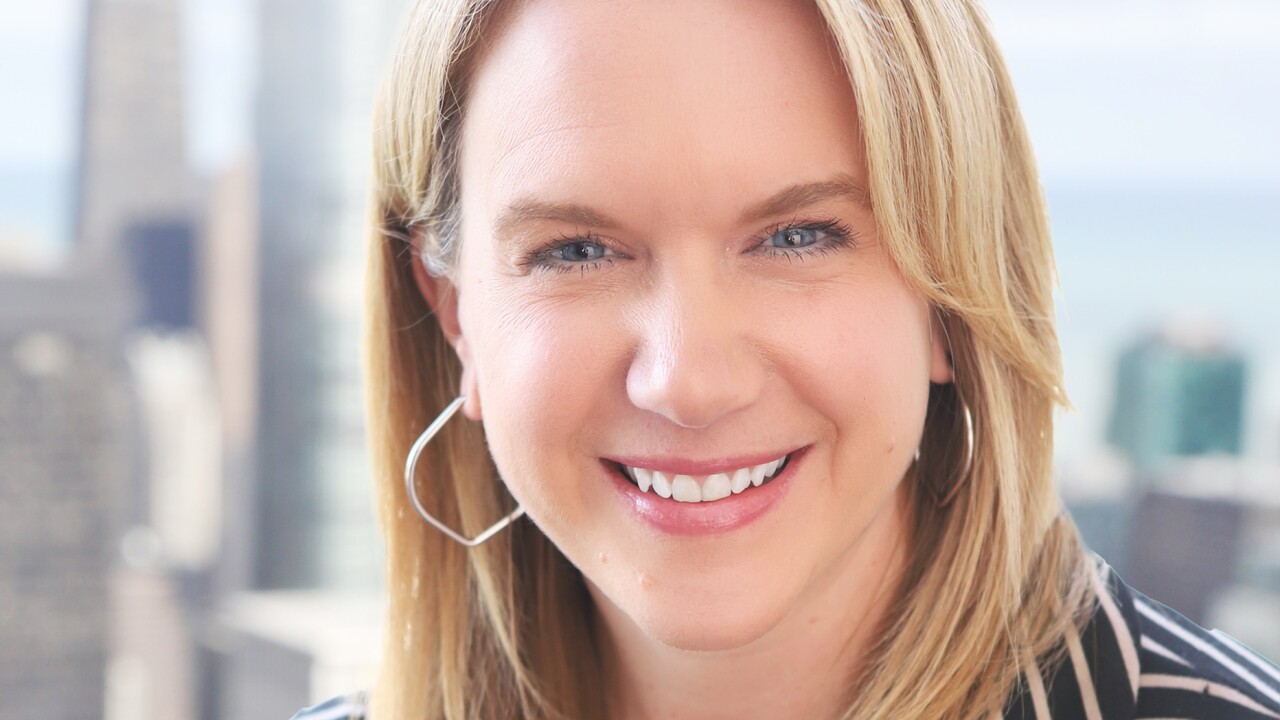-
In a speech Tuesday, U.S. Bank Chief Executive Officer Richard Davis also offered mostly upbeat views about the evolving, more stringent expectations of bank regulators.
September 23 -
Regional banks are doing their best to hold down expenses, compete for quality loans and generate more fee income, but until the Federal Reserve raises interest rates, their quarterly profits will remain sluggish, bankers and analysts say.
October 15 -
Citigroup, JPMorgan Chase and Wells Fargo kicked off third-quarter earnings by reporting mixed results. For every good thing, there was something to offset it: stronger lending, but also higher expenses, for example. That could continue for awhile.
October 14 -
Legal settlements. Restructuring charges. Compliance costs. They seem ceaseless, and they are making it harder for big banks like JPMorgan Chase to convince investors that they need flexibility to increase spending in other areas to fuel revenue growth.
October 14 -
The lackluster earnings season for regional banks continued. Executives at Fifth Third and BB&T shared concerns about margin shrinkage and other forces beyond their control, and they provided contrasts in expense control and management of interest rate uncertainty.
October 16
Richard Davis' optimism about an economic takeoff in 2015 is surprising.
The head of U.S. Bancorp is known for his conservative nature and straight talk. His comments tend to carry a bit more weight because of his Minneapolis company's ability to deliver the results it promises, analysts often say.
The deference that Davis enjoys could be tested in coming quarters, however, as observers wait to see how the economic recovery plays out. That is because his rosy outlook clashes with the flattish year-over-year results the company reported Wednesday and the lukewarm results from other big banks.
"There is almost no acceleration in loan or revenue growth, so what is getting Richard Davis so excited?" Mike Mayo, an analyst at CLSA, said in an interview on Wednesday. "There is this degree of a disconnect between his optimism and the so-so third quarter growth, and his goodwill within the industry helps to bridge the gap."
During the $391.3 billion-asset company's third-quarter call with analysts Wednesday, Mayo quizzed Davis on his optimism for 2015 versus the upward pricing of the 10-year Treasury bonds. Davis held his ground.
"I am going to stick to what I said before, and I think it is next year," Davis said. "And when it does, it happens fast. I don't have any evidence that says otherwise. And I am not responding to the vagaries of two weeks of either 10-year interest rates or stock market variances, I am just going to stick with it."
Davis has long contended that the economic catalyst will be rising rates. Essentially, consumers and businesses will be motivated to borrow then before rates climb even higher, he has said.
At the same time, Davis has often noted that the precursors to robust loan growth would be lower deposits and higher utilization. In the quarter, the company reported average deposits of $271 billion, up 3.3% from the prior quarter and 7.4% from a year earlier, including the company's acquisition of 100 branches in Chicago from Citizens Financial Group. Meanwhile, loan utilization rates were flat from the previous quarter.
So, what is driving Davis' optimism? During a follow-up interview, Andrew Cecere, his chief financial officer, pointed to a few things. While utilization is flat from the previous quarter, it is no longer steadily declining like it had been in prior quarters. That was his take on other line items, too.
"If you look at the line items back in, say, the last 12 quarters or so, many were more downwardly trending," Cecere said. "Now, they've flattened or are starting to show some uptick."
Consumer activity is also aiding the optimism. Home equity loans increased 2.5% from the previous quarter. Credit cards were up 2.1%.
Commercial loans also rose, by 3.1% from the second quarter.
Although U.S. Bancorp is joined by JPMorgan Chase and Wells Fargo in reporting green shoots on the consumer side, analysts say most banks are only making strides with business customers.
"Of the large regionals that posted good loan growth virtually all of it was from the commercial side," said R. Scott Siefers, an analyst at Sandler O'Neill. "U.S. Bancorp by contrast seemed more enthusiastic about the consumer side as well, fueling broad-based expectations."
The company's average loans totaled $243.9 billion, up 6.3% from a year earlier and up 1.4% from the previous quarter, including the branch acquisitions. The company reported earnings of $1.47 billion in the quarter, up 0.20% from the previous year.
At 78 cents per share, the earnings hit the average estimate by analysts surveyed by Bloomberg.
"We pretty much came in line with all the expectations," Cecere said. "All of the things we said were going to happen did, and we generated positive operating leverage."
Positive operating leverage means revenue is growing at a faster rate than expenses. The company's revenue was up 2% from a year earlier, while expenses increased 1.9%.
Still, several analysts seemed mildly disappointed with the company's results. Chris Mutascio, an analyst with Keefe, Bruyette & Woods, expected the company to make 79 cents per share and said in a pre-conference-call note that "the growth and margins of the company's historical growth engine is still coming under pressure."
David Konrad, an analyst at Macquarie Capital, called it "another solid quarter," but noted that that the company's core results, not including the benefit of the sale of mortgage-servicing rights, fell short of expectations.
Mayo called the quarter "mostly in line, but a little bit more flat" than he expected.
"It was pretty similar to peers," Mayo said. "It was a pancake quarter overall."
Siefers, however, said the company's ability to deliver what it forecasts makes it an outlier.
"It is a steady but good story," Siefers said. "And given what a lot of the other regionals reported, I can't have too many complaints about a company that performs as expected."





